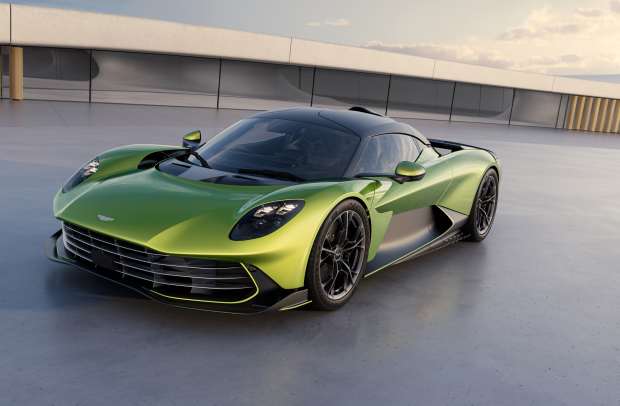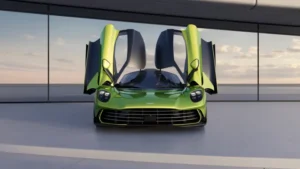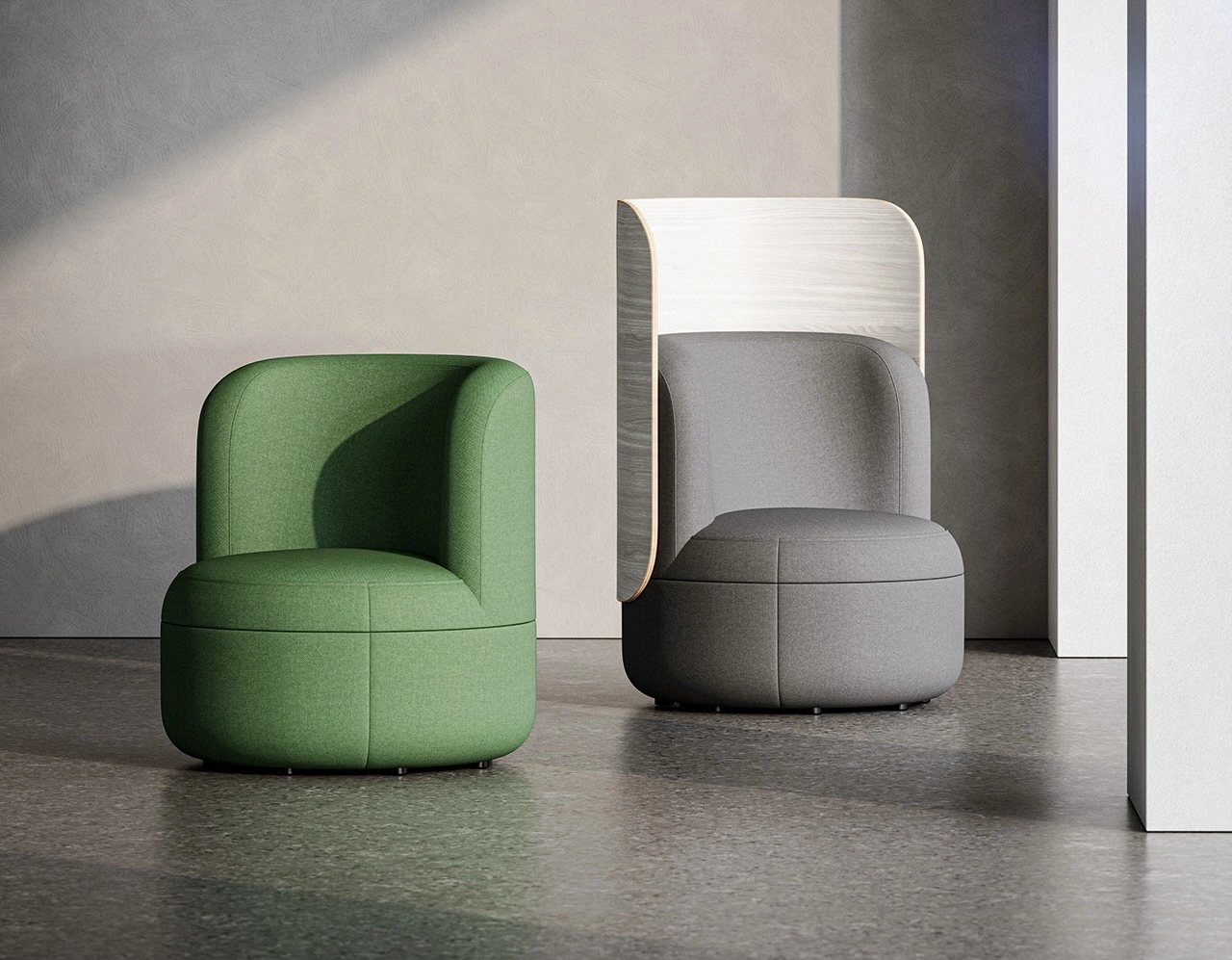Aston Martin has long been synonymous with luxury, performance, and exclusivity. From its association with James Bond to its reputation for crafting bespoke hypercars, the British automaker has cemented itself as a symbol of automotive sophistication. However, Aston Martin’s vehicles have typically been reserved for the ultra-wealthy, with its Valkyrie hypercar being one of the most extreme and expensive examples. Now, with the release of the Aston Martin Valhalla, the company aims to expand its reach—albeit within the realm of high-performance enthusiasts who still command significant purchasing power.
While the Valhalla may not be “affordable” in the traditional sense, it represents a step toward bringing the aesthetics and performance of the Valkyrie to a broader audience. Priced at approximately $800,000, the Valhalla is positioned as a more “accessible” supercar within Aston Martin’s lineup. This article delves into the design, performance, technology, and cultural significance of the Valhalla, exploring how it fits into the evolving world of high-performance vehicles.
The Design: Valkyrie DNA with a Tamed Edge
At first glance, the Valhalla is unmistakably influenced by the Valkyrie, sharing its aerodynamic silhouette and striking aesthetics. Designed with input from Red Bull Racing and legendary Formula 1 designer Adrian Newey, the Valhalla retains many of the aggressive styling cues that made the Valkyrie a visual masterpiece.
Key Design Elements:
•Aerodynamic Efficiency: The Valhalla features active aerodynamics, including a prominent front splitter, sculpted side intakes, and a dramatic rear diffuser. These elements work together to generate substantial downforce, ensuring stability at high speeds.
•Carbon Fiber Construction: The extensive use of carbon fiber keeps the weight down while maintaining rigidity, a hallmark of hypercar design.
•Distinctive Lighting: Slim LED headlights and taillights add a futuristic touch, complementing the car’s cutting-edge appearance.
Unlike the Valkyrie, which is unapologetically extreme in its execution, the Valhalla takes a slightly more refined approach, balancing hypercar aggression with a touch of practicality. This makes it more approachable for everyday use, a key consideration for expanding its appeal.
Performance: F1 Technology for the Road
Aston Martin markets the Valhalla as a “supercar for the road,” and it lives up to this promise with a powertrain that blends Formula 1 engineering with hybrid technology.
Specifications:
•Powertrain: The Valhalla is powered by a hybrid system that combines a twin-turbocharged 4.0-liter V8 engine with electric motors. This setup delivers a staggering 937 horsepower and 738 lb-ft of torque.
•Transmission: An eight-speed dual-clutch automatic transmission ensures lightning-fast gear changes, further enhancing performance.
•Top Speed and Acceleration: The Valhalla can achieve a top speed of 217 mph and sprints from 0 to 60 mph in just 2.5 seconds.
•Hybrid Efficiency: The electric motors provide an all-electric driving range of approximately 15 miles, making the Valhalla one of the few supercars to offer emissions-free urban driving.
The hybrid powertrain not only delivers blistering performance but also aligns with Aston Martin’s commitment to sustainability as it transitions toward an electrified future.
Technology: Merging Cutting-Edge Innovation with Usability
The Valhalla isn’t just about raw power; it’s also packed with technology aimed at enhancing the driving experience and ensuring the car remains competitive in an ever-evolving market.
Advanced Aerodynamics:
The active aerodynamic systems adapt to driving conditions in real time, optimizing airflow to balance drag reduction and downforce. This allows the car to maintain stability at high speeds while remaining agile in tight corners.
Driving Modes:
The Valhalla features multiple driving modes that adjust the car’s suspension, steering, and power delivery to suit different environments. Whether tackling a track or navigating city streets, the Valhalla is designed to perform flawlessly.
Interior Tech:
While the interior is driver-focused, it includes modern conveniences such as a high-resolution infotainment system, digital displays, and smartphone connectivity. These features ensure that the Valhalla remains comfortable and practical for daily use—relatively speaking, of course.
Accessibility: A “Supercar for the Rest of Us”?
It’s important to address the elephant in the room: the term “accessible” is relative. At $800,000, the Valhalla remains out of reach for most enthusiasts. However, compared to the multi-million-dollar Valkyrie, it represents a significant step toward democratizing Aston Martin’s cutting-edge technology and design.
The Valhalla targets affluent enthusiasts who might have previously considered competitors such as the Ferrari SF90 Stradale or McLaren Artura. By offering a car that combines the spirit of a hypercar with the usability of a supercar, Aston Martin hopes to attract a broader audience without diluting its brand’s exclusivity.
Competitors: How the Valhalla Stacks Up
The Valhalla enters a competitive market filled with hybrid supercars that push the boundaries of performance and technology.
Key Rivals:
•Ferrari SF90 Stradale: Similar in its hybrid approach, the SF90 delivers 986 horsepower and offers a more established brand in the hybrid supercar segment.
•McLaren Artura: Positioned as a more affordable option, the Artura delivers 671 horsepower and emphasizes lightweight construction.
•Porsche 918 Spyder: Although no longer in production, the 918 Spyder set the benchmark for hybrid supercars, making it a natural point of comparison for the Valhalla.
While each competitor has its strengths, the Valhalla stands out for its blend of Valkyrie-inspired design, hybrid efficiency, and an appealing mix of track performance and road usability.
Cultural Significance: The Valhalla as a Symbol of Transition
The release of the Valhalla comes at a pivotal time for Aston Martin. As the automotive industry shifts toward electrification, the Valhalla serves as a bridge between the brand’s traditional combustion-powered heritage and its electrified future.
The hybrid powertrain reflects Aston Martin’s commitment to sustainability without sacrificing the visceral experience that enthusiasts crave. Additionally, the Valhalla helps the brand remain competitive in a market increasingly dominated by hybrid and electric vehicles, ensuring its relevance for years to come.
Criticisms and Challenges
Despite its many strengths, the Valhalla faces challenges that could impact its success:
Competitor Landscape: With rivals like Ferrari and McLaren offering compelling alternatives, the Valhalla must work hard to carve out its niche.
Brand Perception: Aston Martin’s foray into hybrid technology must balance innovation with its reputation for traditional luxury.
The Valhalla represents more than just a new model; it’s a glimpse into Aston Martin’s future. With plans to electrify its lineup by the end of the decade, the company is navigating a challenging yet exciting transition. The Valhalla showcases the potential for blending performance, luxury, and sustainability, setting the stage for what’s to come.
The Aston Martin Valhalla is a remarkable achievement, bringing hypercar-level performance and design to a slightly wider audience. While it may not be “affordable” in the conventional sense, it offers a more accessible entry point into Aston Martin’s world of cutting-edge innovation and craftsmanship.
Impression
By balancing extreme performance with a touch of practicality, the Valhalla appeals to a new generation of enthusiasts who value both speed and sustainability. In doing so, it ensures that Aston Martin remains at the forefront of automotive excellence, bridging the gap between tradition and the future.
For those who can afford it, the Valhalla promises an experience that’s nothing short of extraordinary—an invitation to partake in the rarefied world of Aston Martin without the unattainable exclusivity of the Valkyrie. And for the rest of us? It’s a symbol of what’s possible, a dream machine that inspires admiration and awe, even from afar.
No comments yet.









